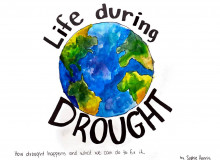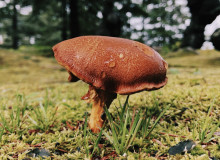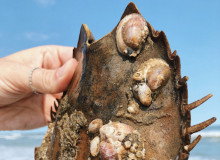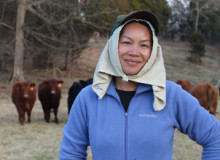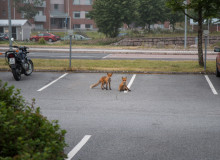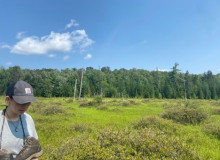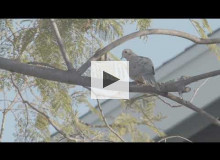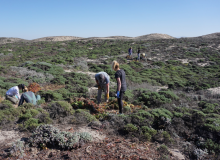storyfest2022
SUNY Environmental Science and Forestry
A podcast discussing how students at an environmental science college built their ideologies.
Columbia University
This illustrated children's book explains how drought happens and what individuals (even kids!) can do to conserve water.
George Washington University
Being quarantined in the suburbs of Burlington provided me a window into the vast network of neighbors I had never thought to look for: mycorrhizal fungi.
Planet Forward Correspondent | George Washington University
Some scientists envision a futuristic device that could use solar energy to convert CO2 pollution into a more useful molecule. A new study from Nature brings us one important step closer.
George Washington University
The coasts offer a window into the function of relational ecology in sustainable development: to address the question of how a community's connection to the ocean impacts the development of aquaculture.
Indiana University
Pathoumma Meusch doesn’t consider herself revolutionary. “I’m just a farmer,” as she says. But the unassuming woman has championed local food in a region dominated by industrial agriculture and redefined what it means to be a Midwestern farmer.
George Washington University
The narrative presented in the media was clear: the COVID-19 lockdowns allowed nature and the environment a temporary reprieve. But how much did lockdown really impact air pollution and greenhouse gas emissions?
SUNY Environmental Science and Forestry
Learning about the environment in the environment is a story I have honor in telling.
University of California, Berkeley
We can do our part in refurnishing our yards, and by extension our cities, for birds to feel at home in our neighborhoods (even though they may not have had a choice in moving in).
Middlebury College
In the face of the widespread presence of the ice plant along hundreds of miles of coastline, is there any hope that the California coastal ecosystem could ever be returned to its natural state?


